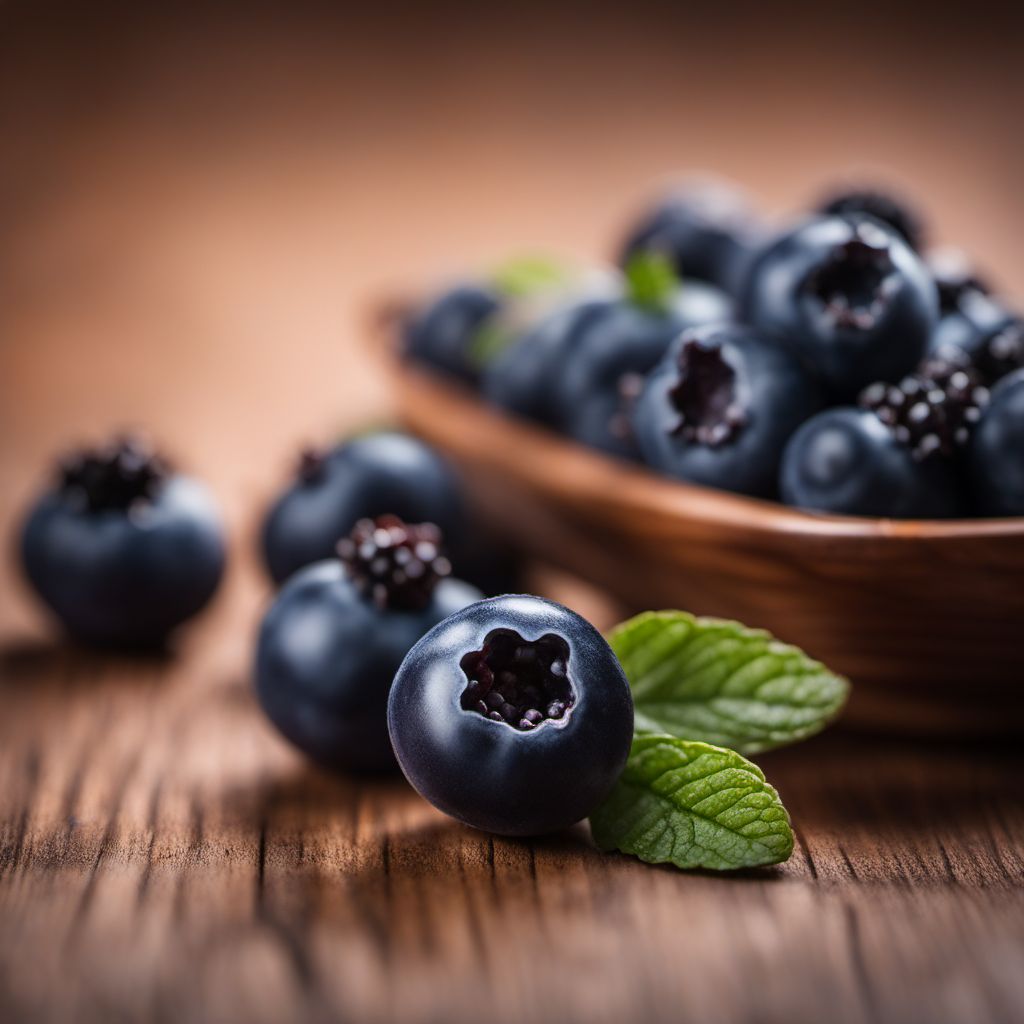
Ingredient
Blueberries
Bursting with Antioxidant Power: The Vibrant World of Blueberries
Blueberries are small, round berries with a deep blue-purple hue. They have a smooth skin and a juicy, slightly translucent flesh. The taste of blueberries can vary depending on the variety, but they generally have a sweet and slightly tart flavor. The texture of blueberries is soft and tender, with a slight crunch from the seeds. These berries are often described as bursting with juiciness, making them a delightful treat to eat.
Origins and history
Blueberries are native to North America and have been enjoyed by Native American tribes for centuries. They were an important part of their diet and were used for both culinary and medicinal purposes. Blueberries gained popularity in the early 20th century when their health benefits and nutritional value were recognized. Today, they are widely cultivated in various regions around the world.
Nutritional information
Blueberries are a nutritional powerhouse, packed with antioxidants, vitamins, and minerals. They are low in calories and high in fiber, making them a great choice for a healthy snack. Blueberries are also rich in vitamin C, vitamin K, and manganese.
Allergens
Blueberries are generally not known to cause allergies, but individuals with a known sensitivity to berries or fruits should exercise caution.
How to select
When selecting blueberries, look for berries that are plump, firm, and have a deep blue color. Avoid berries that are soft, mushy, or have any signs of mold. The size of the berries does not necessarily indicate quality, as both small and large blueberries can be equally delicious.
Storage recommendations
To maintain the freshness of blueberries, store them in the refrigerator in a breathable container or a paper bag. Avoid washing the berries until ready to use, as excess moisture can lead to spoilage. Blueberries can be kept in the refrigerator for up to a week.
How to produce
Blueberries can be grown in home gardens or containers, provided the right growing conditions are met. They thrive in acidic soil with good drainage and require full sun exposure. Blueberry bushes can be purchased from nurseries and should be planted in early spring or fall.
Preparation tips
Blueberries can be enjoyed fresh as a snack, added to smoothies, or used in a variety of recipes. Rinse the berries gently under cold water before using them. Blueberries are versatile and can be used in both sweet and savory dishes, such as pies, muffins, salads, sauces, and jams. They can also be frozen for longer storage or used in baking without thawing.
Substitutions
If blueberries are not available, raspberries, blackberries, or strawberries can be used as substitutes in most recipes. However, keep in mind that the flavor and texture may vary slightly.
Culinary uses
Blueberries are commonly used in baking, such as in pies, muffins, pancakes, and cakes. They can also be added to yogurt, oatmeal, salads, and smoothies for a burst of flavor and nutrition. Blueberry sauces and jams are popular accompaniments to desserts and breakfast dishes.
Availability
Blueberries are commonly available in North America, Europe, and other regions with suitable climates for cultivation. They are also imported and can be found in supermarkets and grocery stores worldwide.
More ingredients from this category
Recipes using Blueberries » Browse all

Greek-American Style Pastiera
Mediterranean Delight: Greek-American Style Pastiera

Ainu-inspired Blueberry Cobbler
Wild Berry Delight: Ainu-inspired Blueberry Cobbler

Zuppa Inglese with a Twist
Decadent Layers of Italian Delight

Blueberry Bliss Cobbler
Luscious Blueberry Delight: A Sweet and Tangy American Cobbler
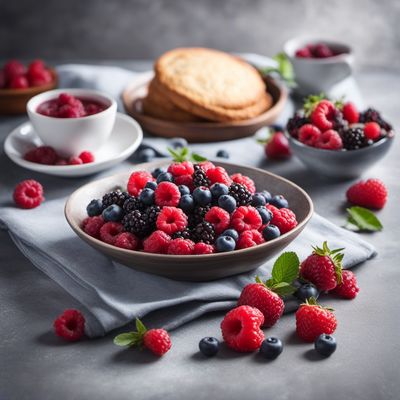
Litá Bublanina with Fresh Berries
Wholesome Czech Delight: Litá Bublanina with Bursting Fresh Berries

Scottish Berry Tart
Hearty Highland Berry Tart
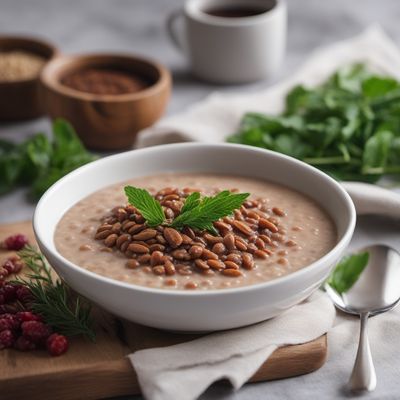
Slovenian Buckwheat Porridge
Hearty Buckwheat Delight: A Taste of Slovenia
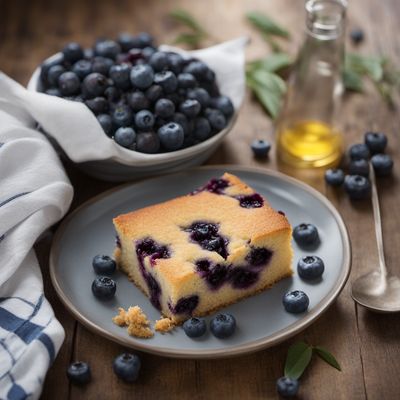
New England-inspired Blueberry Cornbread
Blueberry Cornbread Delight: A Taste of New England

Summer Berry Delight
Sunshine in a Bowl: A Burst of Summer Flavors

Smetannik - Russian Sour Cream Cake
Velvety Delight: Indulge in the Creamy Bliss of Russian Sour Cream Cake
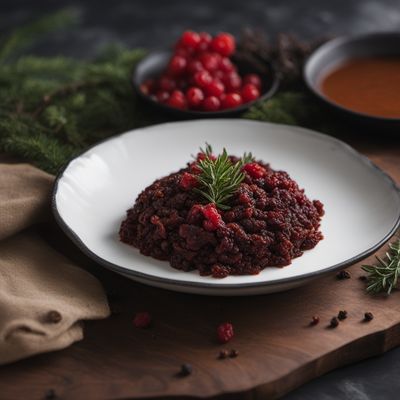
Traditional Pemmican Recipe
Savory Bison Energy Bars: A Modern Twist on Native American Pemmican

Dorset Delight Gâteau
Dorset Dream Cake - A Fusion of French and Dorset Delicacies

